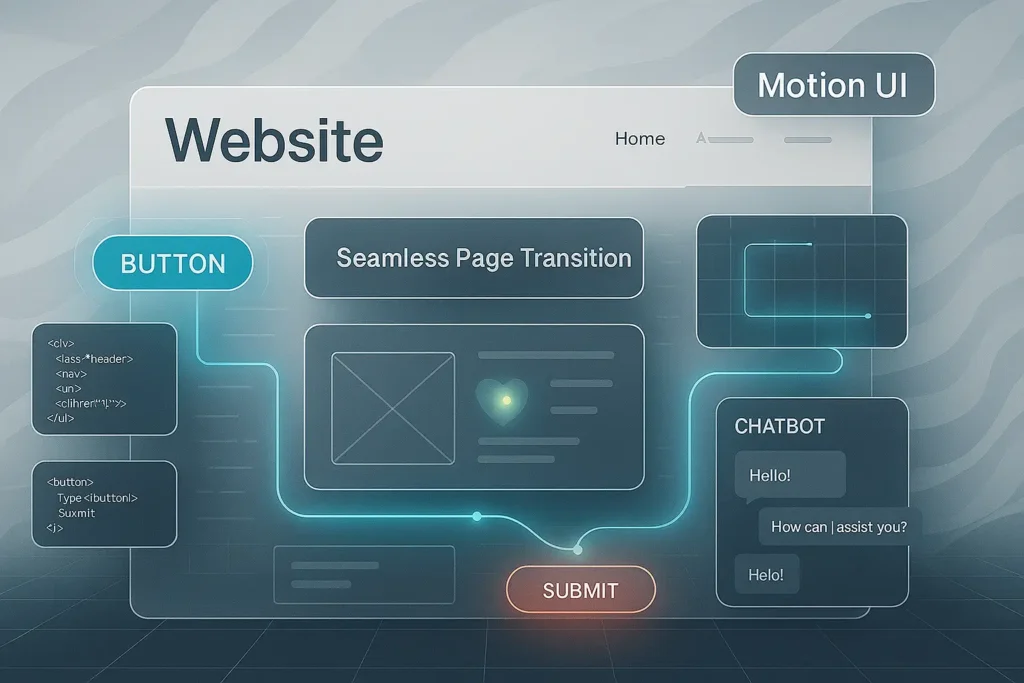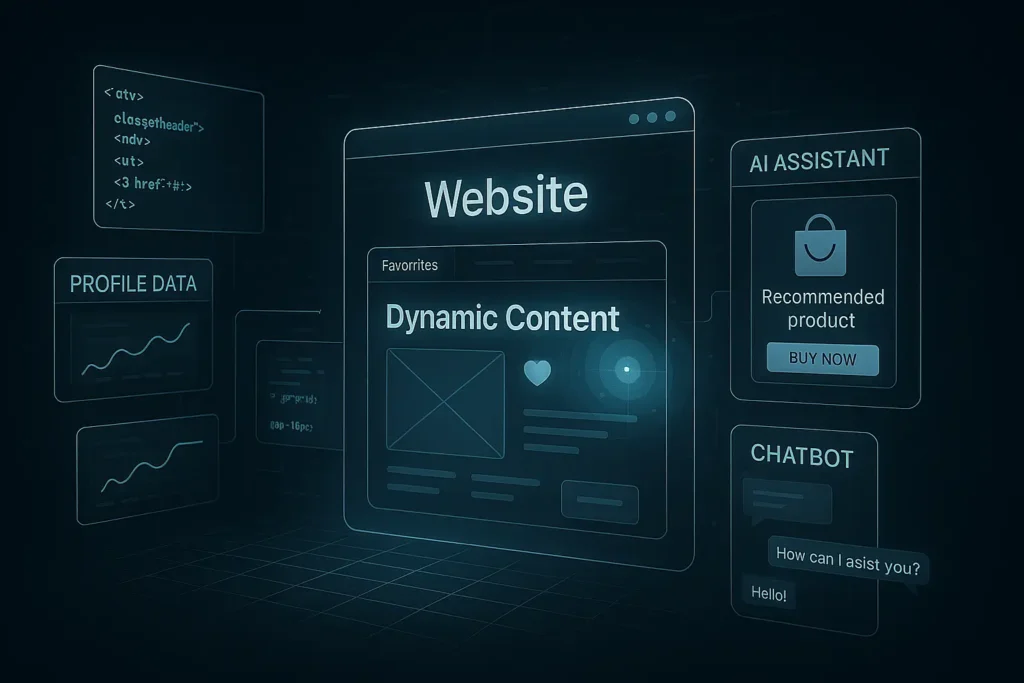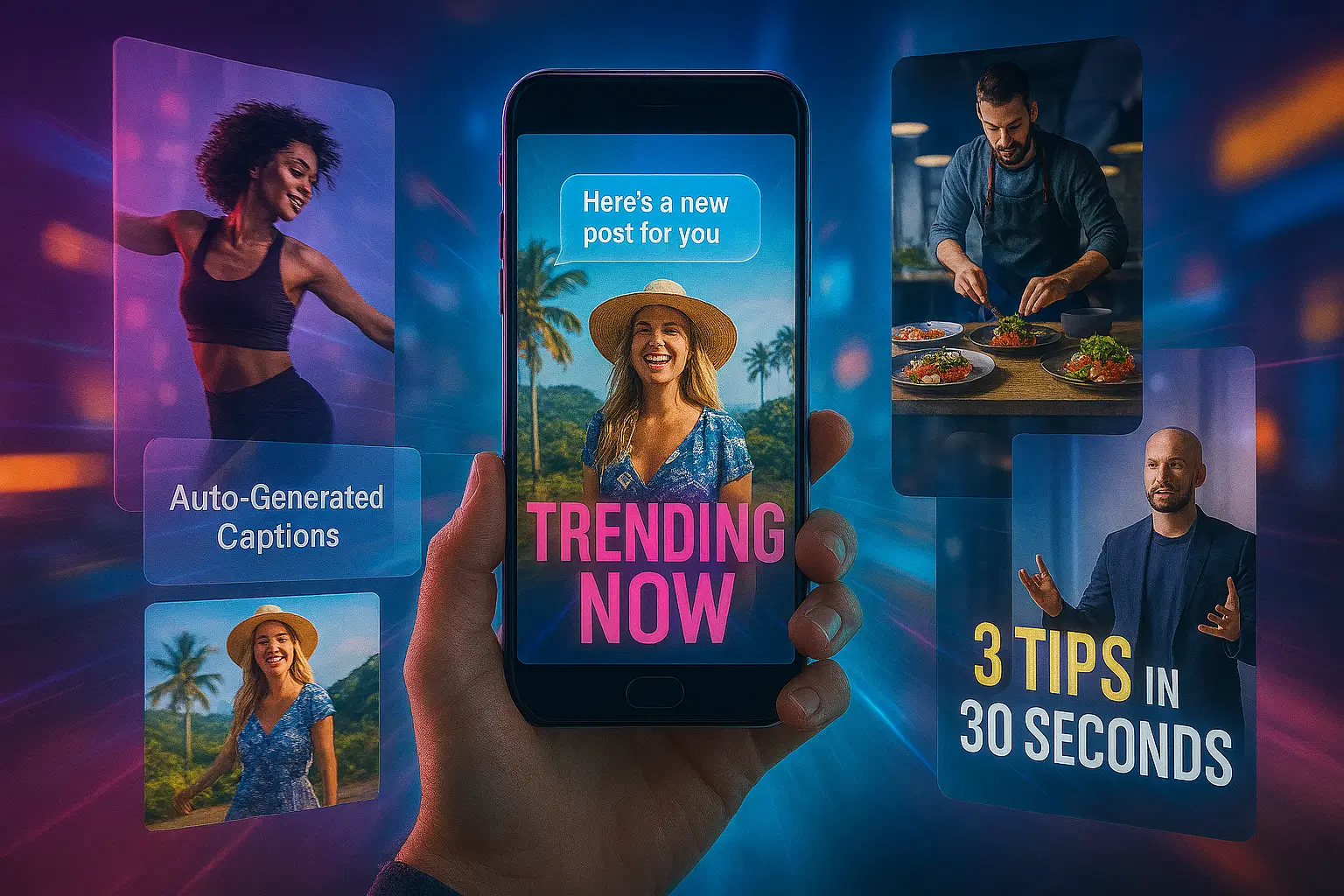The web is evolving at lightning speed, and what worked yesterday might already be outdated today. As we enter 2025, it’s more important than ever to stay informed about the latest web development trends that will impact everything from design and performance to functionality and business strategy.
Whether you’re a developer, a business owner, or a digital strategist, understanding these trends will help you stay competitive, innovative, and future-ready.
Table of Contents
Why Web Development Trends Matter in 2025
A website is no longer just a digital brochure; it’s your brand’s identity, your lead generator, and often your customer’s first impression. Ignoring web development trends could mean falling behind your competitors in user experience, SEO performance, speed, and accessibility.
In 2025, the websites that win will be the ones that are fast, intelligent, interactive, and deeply user-centric.
1. AI-Powered Web Experiences
Artificial intelligence isn’t new, but its integration into web development is reaching new heights in 2025. AI is now helping websites not just look good but behave intelligently.
Key AI Applications in Web Development:
- Personalized content delivery based on user behavior and preferences
- AI-powered chatbots for instant customer service and lead generation
- Predictive analytics for tailored user journeys
- AI-assisted design tools that help developers build layouts faster
These AI-powered features enhance UX and help brands connect more meaningfully with their visitors.
Actionable Tip:
Implement AI-based recommendation engines to boost conversions on e-commerce or content-driven websites.
2. Voice Search Optimization Becomes a Priority

With the popularity of Siri, Alexa, and Google Assistant, voice search has become a daily habit. In 2025, optimizing for voice isn’t optional; it’s a strategic advantage.
Why It Matters:
- Over 50% of users now use voice search daily
- Voice search queries are longer and more conversational
- Websites that optimize for voice tend to rank higher in mobile SERPs
How to Optimize:
- Use natural language in your content
- Focus on long-tail keywords
- Add FAQ sections with schema markup to enhance visibility
This is one of the fastest-growing web development trends, especially for mobile-first brands.
3. Progressive Web Apps (PWAs) Take the Lead
PWAs offer the power of native mobile apps combined with the reach of websites. They load fast, work offline, and offer push notifications, making them ideal for modern users.
Advantages of PWAs:
- Offline accessibility
- Fast loading speeds even on poor networks
- Improved engagement through app-like UX
- No app store requirement for installation
PWAs are cost-effective and offer superior performance compared to traditional mobile apps.
Use Case:
Retail brands and publishers can use PWAs to increase repeat visits and customer engagement.
4. Serverless Architecture Simplifies Scaling
Gone are the days of managing dedicated servers. Serverless architecture, powered by cloud providers like AWS, Google Cloud, and Azure, is revolutionizing backend infrastructure.
Benefits:
- Scalability on demand
- Reduced operational costs
- Increased deployment speed
- Better resource allocation
This trend empowers developers to focus more on writing code and less on maintaining infrastructure.
Technologies to Watch:
- AWS Lambda
- Azure Functions
- Google Cloud Functions
In 2025, adopting serverless infrastructure will be one of the most impactful web development trends for growing digital platforms.
5. Motion UI and Interactive Design Take Center Stage

Today’s users expect smooth, visually engaging interactions. Motion UI brings life to a static website and improves user flow by making navigation intuitive and fun.
Applications Include:
- Micro-interactions like hover effects and animated buttons
- Page transitions that feel seamless
- Visual feedback when users interact with forms or menus
These elements increase session duration, lower bounce rates, and give users a reason to stay longer.
Tip for Developers:
Use lightweight animation libraries like Framer Motion or GSAP to add polish without hurting performance.
Bonus Trend: Low-Code and No-Code Tools Empower More Creators
In 2025, the line between designer and developer continues to blur. Tools like Webflow, Wix Studio, and Framer are making it easier than ever to build beautiful, responsive websites without extensive coding.
Who Benefits:
- Entrepreneurs and marketers who want speed
- Agencies reducing development overhead
- Designers who want more control
Low-code tools are democratizing the web and allowing more ideas to come to life fast.
Strategic Takeaways for Businesses

Now that you’re familiar with the top web development trends, what should you do next?
1. Audit Your Current Website
Check if your site loads fast, adapts to mobile, uses clean design, and integrates modern technologies.
2. Consult a Future-Ready Developer or Agency
Working with professionals who understand these trends can give your brand a major competitive edge.
3. Experiment and Measure
Don’t just blindly follow trends; test what works for your audience and iterate based on real data.
Final Thoughts: Your Website Is Your Most Powerful Digital Asset
In 2025, web development is no longer just about looking good. It’s about speed, interactivity, personalization, and adaptability. Embracing these web development trends isn’t just a tech decision; it’s a business one.
By staying ahead of the curve, you’re not just keeping up; you’re positioning your brand as a leader in the digital space.
Ready to future-proof your website with the latest web development trends?
Partner with Algrowvert, your trusted digital growth agency. From AI-powered experiences to cutting-edge design, we build fast, intelligent, and scalable websites that set you apart.






No Comments